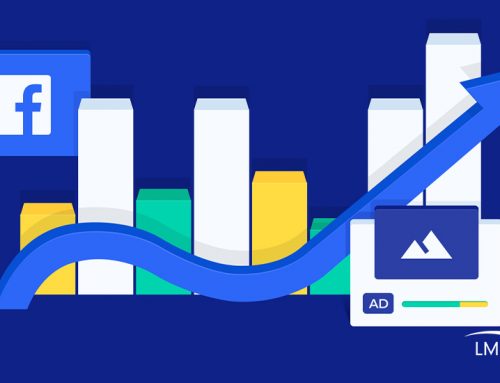It’s no secret that backlinks are one of the most influential ranking signals used by Google. The Mountain View company updates its ranking algorithm approximately 500 to 600 times a year. Even with these multiple daily updates, however, Google’s algorithm continues to emphasize the use of backlinks.
What Is a Backlink?
A backlink is an inbound hyperlink from one website to another website. Upon clicking this link, the user will be redirected to the linked URL.
Links can be attached to words or phrases in the form of anchor text, or they can be left “naked” while showing the URL to which it redirects. Additionally, a backlink can be attached to an image.
How Backlinks Affect Search Rankings
Successful search engine optimization (SEO) requires a thorough link-building strategy. Google’s algorithm works behind the scenes by constantly crawling websites while looking for ranking signals. If a website has a high number of links from authoritative, trusted sources, it’s more likely to rank higher than a similar website competing for the same keyword.
If you want to rank higher in Google, you need to build high-quality links for your site. There are certain tools that can assist with this process, such as a backlink checker. Using a backlink checker, you can see which sites are linking to your site. This tool can also be used to view the links of your competitors.
When building links, however, you need to focus on quality instead of quantity. In 2012, Google introduced its Penguin algorithm update. Affecting around 3 percent of all search queries, Penguin was designed to lower the rankings of websites that engaged in black-hat link-building techniques. Websites that paid for links, used automated software to create links and performed excessive link exchanges saw their rankings plummet.
It’s been more than five years since Google first launched Panda, yet it remains a fundamental element of Google’s ranking algorithm. Webmasters today must tread cautiously when building links to prevent being targeted by Panda. This means building high-quality links naturally.
Attract Links with Content
One of the safest and most effective ways to generate links is by publishing articles and blog posts to your site. When other webmasters find your information helpful, they may link to it from their own website. And since links are one of Google’s ranking factors, this can help you achieve a higher search ranking. Just remember to give your pages unique and relevant title tags.
Links, however, are just one of Google’s ranking factors. Google looks at hundreds of other factors to determine a site’s search ranking, some of which include website speed, meta description, page titles, domain age and mobile compatibility.
How Logistics Marketing Group Can Help
If you’re struggling to climb your way to the top of Google, consider hiring Logistics Marketing Group. With more than 40 years of combined digital marketing and SEO experience, they have the knowledge and skills to help your site succeed. Their team of highly trained search marketing professionals will work with you to achieve your goals.






